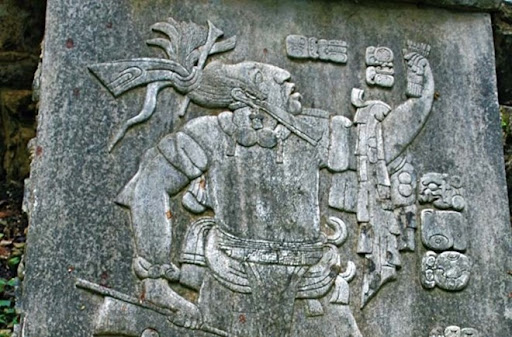In a groundbreaking discovery that has sent ripples through the scientific community, a 23,000-year-old fossil footprint has been unearthed in the Americas. This astonishing find challenges existing theories about the timeline of human migration and settlement in the New World. The fossil footprint not only provides crucial insights into the lives of early humans but also raises intriguing questions about the history of human presence in the Americas.

## The Discovery: Unearthing Ancient Footprints
The fossil footprint was discovered in the White Sands National Park in New Mexico, a site already known for its rich paleontological treasures. Researchers from the National Park Service and several universities collaborated on the excavation project, initially aimed at studying ancient megafauna. To their surprise, they uncovered human footprints alongside those of extinct animals like mammoths and giant ground sloths.

## Dating the Footprints: A New Timeline
Using advanced radiocarbon dating techniques, scientists determined that the footprint is approximately 23,000 years old. This predates the widely accepted timeline for human migration into the Americas by several thousand years. Prior to this discovery, the prevailing theory was that humans entered the Americas via the Bering Land Bridge around 13,000 years ago, during the last Ice Age. The new findings suggest that humans were present in the region much earlier than previously thought.

## Implications for Human Migration Theories
The discovery of the 23,000-year-old footprint has profound implications for our understanding of human migration. It challenges the conventional Clovis-first model, which posits that the Clovis culture represents the earliest human inhabitants of the Americas. This footprint suggests that pre-Clovis populations existed, indicating a more complex and nuanced history of human migration.
### Alternative Migration Routes
The presence of humans in the Americas 23,000 years ago suggests that alternative migration routes might have been used. One possibility is coastal migration along the Pacific coast, where early humans could have traveled by boat or followed the coastline. Another theory proposes that humans could have migrated through ice-free corridors that appeared intermittently during glacial periods.
### Impact on Archaeological Research
This discovery is expected to spur a reevaluation of archaeological sites across the Americas. Researchers may now focus on finding evidence of pre-Clovis human activity in regions previously overlooked. This could lead to the discovery of additional ancient footprints, tools, and other artifacts that will further illuminate the early history of human settlement in the New World.
## Insights into Early Human Life
Beyond its implications for migration theories, the fossil footprint offers valuable insights into the lives of early humans in the Americas. The well-preserved footprint provides clues about the physical characteristics, behavior, and environment of these ancient inhabitants.
### Physical Characteristics
The footprint’s size and depth suggest that it belonged to a young adult or an older child. Detailed analysis of the footprint’s morphology can reveal information about the individual’s gait, weight, and possibly even health conditions. Such data help build a more comprehensive picture of early human physiology and adaptation to different environments.
### Behavioral Insights
The context in which the footprint was found—alongside tracks of mammoths and giant ground sloths—indicates that early humans interacted with these megafauna. This interaction could have been part of hunting activities, scavenging, or other forms of subsistence. Understanding these interactions sheds light on the survival strategies and social behaviors of early human communities.
### Environmental Context
The geological and environmental data associated with the footprint provide a snapshot of the ecosystem in which these early humans lived. Analyzing the sediment and fossilized pollen can reveal climate conditions, vegetation, and the availability of resources. This information is crucial for understanding how early humans adapted to and thrived in diverse environments.
## Future Research Directions
The discovery of the 23,000-year-old fossil footprint opens up exciting new avenues for research. Scientists are eager to explore other potential sites that might contain similarly ancient evidence of human presence. Advanced technologies, such as ground-penetrating radar and drone surveys, will play a vital role in identifying and excavating new sites.
### Collaborative Efforts
The interdisciplinary nature of this discovery highlights the importance of collaboration among archaeologists, paleontologists, geologists, and other specialists. By combining expertise from different fields, researchers can develop a more holistic understanding of early human history and migration patterns.
### Public Engagement and Education
This remarkable find also offers an opportunity to engage the public and raise awareness about the importance of archaeological research. Museums, educational institutions, and media outlets can help disseminate knowledge about the discovery, fostering a deeper appreciation for our shared human heritage.
The discovery of a 23,000-year-old fossil footprint in the Americas has revolutionized our understanding of human migration and settlement in the New World. This ancient footprint not only pushes back the timeline of human presence in the Americas but also prompts a reevaluation of long-held theories about how and when early humans arrived. As research continues, this find will undoubtedly lead to further revelations, enriching our knowledge of the ancient past and the resilience of our ancestors.

